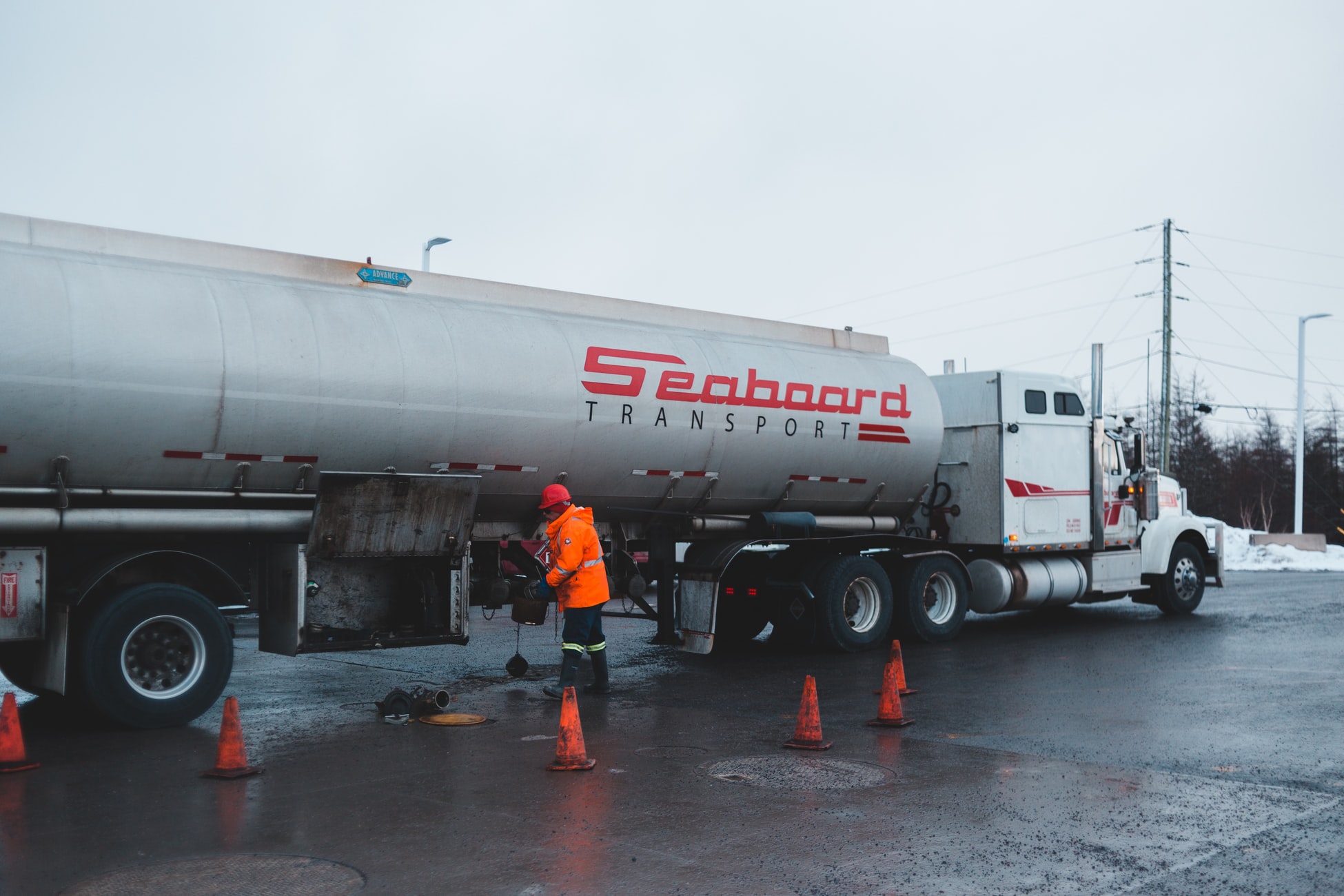
Transporting Hazardous Materials on Roadways
Without trucks products could not get to the neighborhood store. But traveling the roadways with the artichokes and widgets are shipments of hazardous cargo, like flammable liquids, biomedical waste, and radioactive materials. When a truck containing molasses overturns on a highway, the resulting cleanup can be sticky. When a truck containing dynamite overturns on a highway, the cleanup is very risky.
When personal injury occurs from a hazardous material spill, the injured person can seek recovery from the persons or companies responsible for the spill under the theory of strict liability. Courts have recognized that transporting hazardous materials, like gasoline, by truck on public highways involves a high degree of risk. It is a risk of great damage that cannot be eliminated by the use of reasonable care. Therefore, the owner and driver of a truck containing hazardous materials can be held liable for causing a person’s injuries simply because the activity of transporting hazardous materials is very risky.
There is an exception to strict liability for transporting hazardous materials known as the common carrier or public duty exception. The exception requires a showing of negligence on the part of the truck’s owner or driver if they are legally obligated to transport the hazardous materials.
If strict liability is not available in a jurisdiction, it becomes important in personal-injury litigation to understand what caused the hazardous material spill and whether the spill could have been prevented. For instance, if a truck loaded with dynamite collided with a car, the truck driver may not have been negligent at all in the collision or liable for the deaths that occurred because first responders failed to evacuate the area when a fire started. The first responders, however, could be liable for the deaths because they chose to fight the fire, which caused the fatal explosion.

